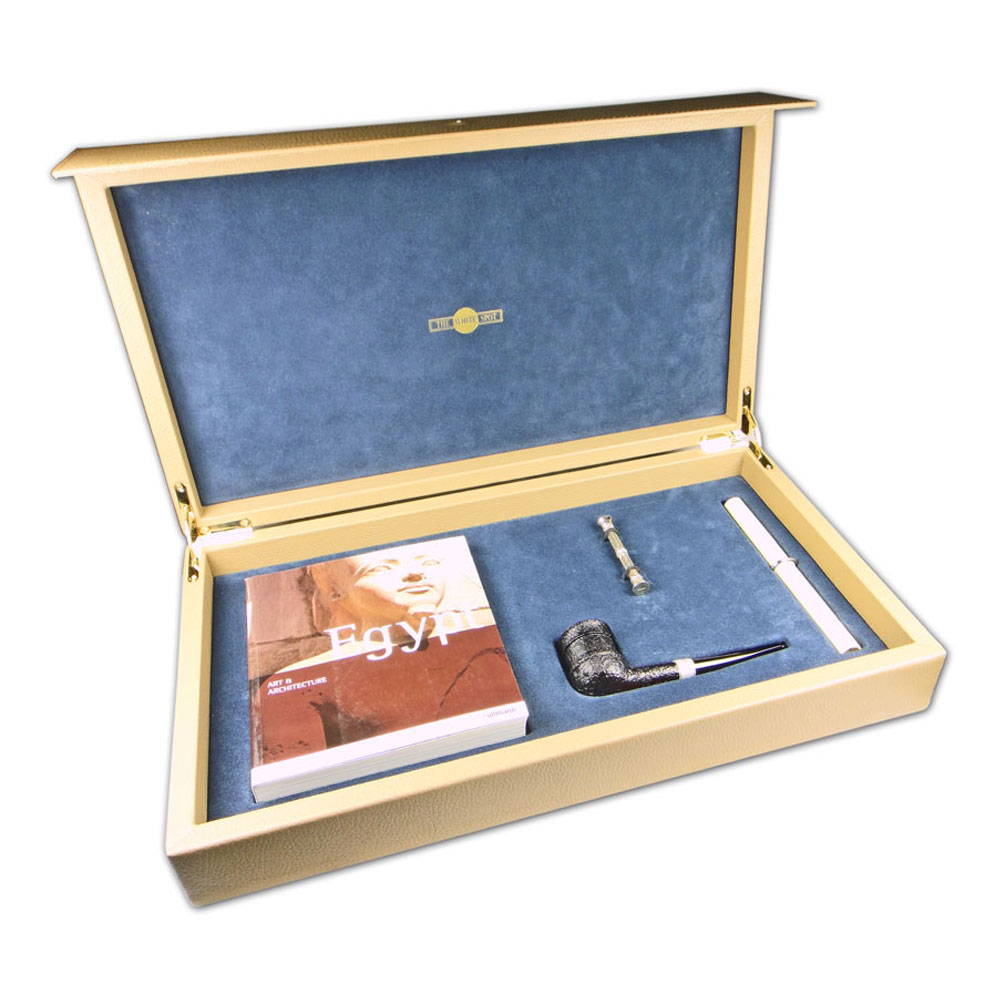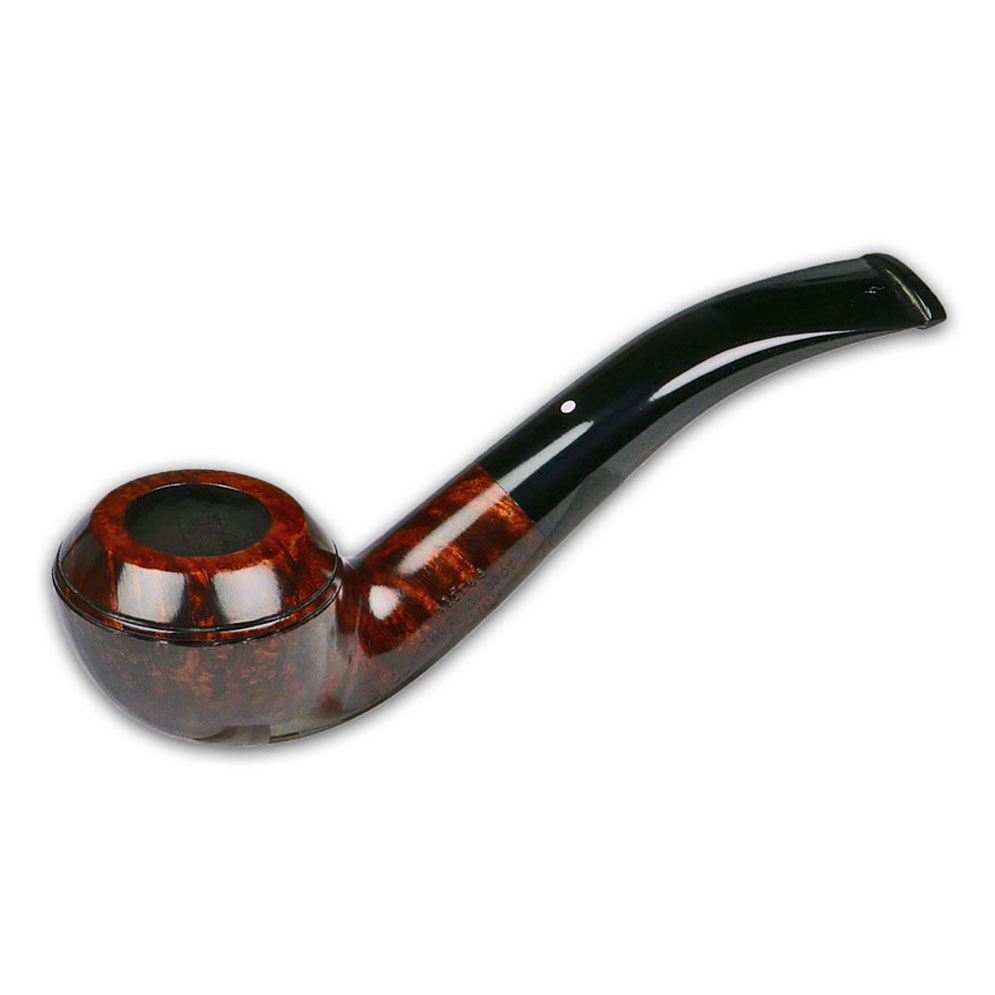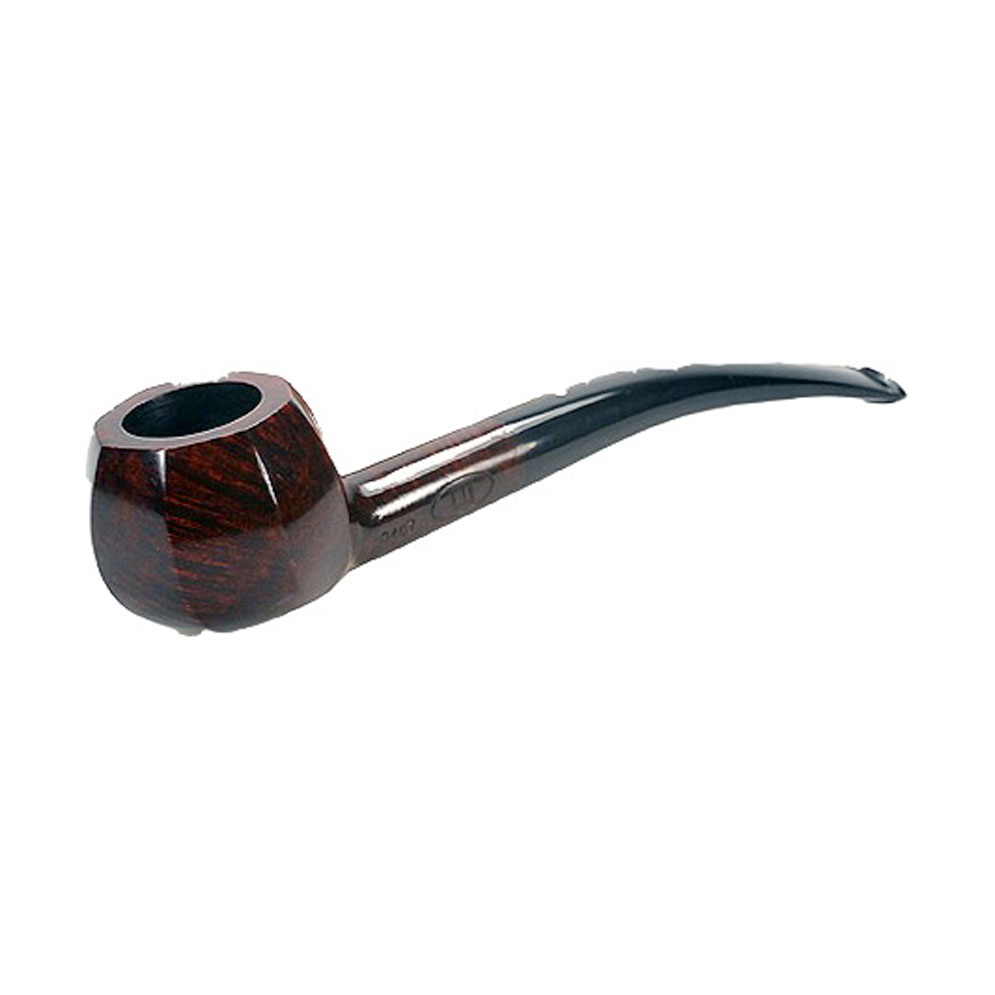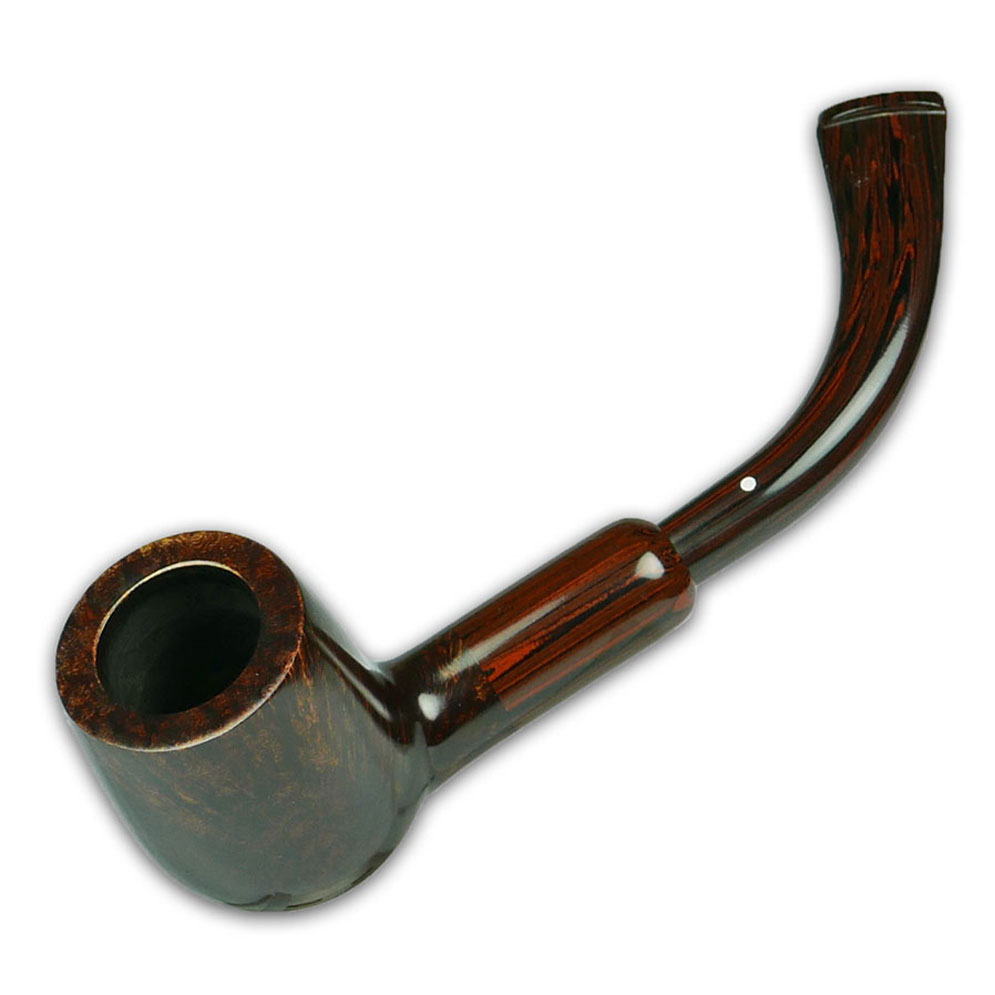- Events
-
Cigars
- Bolivar
- Cohiba
- Cuaba
- Diplomaticos
- El Rey Del Mundo
- Fonseca
- Guantanamera
- Hoyo De Monterrey
- H. Upmann
- Jose L. Piedra
- Juan Lopez
- Montecristo
- Partagas
- Por Larranaga
- Punch
- Quai D'Orsay
- Quintero
- Rafael Gonzalez
- Ramon Allones
- Romeo Y Julieta
- Saint Luis Rey
- San Cristobal de la Habana
- Sancho Panza
- Trinidad
- Vegas Robaina
- Vegueros
- Limited Editions
- Regional Editions
- Special Releases
- La Casa Del Habano
- H&F House Reserve
- Cuban Minis
- A. J. Fernandez
- Alec Bradley
- Brickhouse
- Camacho
- Casa Magna
- Casa Turrent
- Charatan
- Condega
- Conquistador
- Cusano
- Davidoff
- Drew Estate
- Dutch Own Label
- E. P. Carillo
- Eiroa
- Joya de Nicaragua
- Juliany
- L'Atelier
- La Aurora
- La Flor Dominicana
- La Invicta Honduran
- La Invicta Nicaraguan
- Luis Martinez
- My Father
- Oliva
- Oscar Valladares
- Padron
- Perdomo
- Plasencia
- Quorum
- Rocky Patel
- Te-Amo
- VegaFina
-
Whisky
-
Spirits
-
Tobacco
- Cigarettes
- IQOS
- Pipes
-
Accessories
- Gifts & More
- Events
-
Cigars
Back to Main MenuCigars
- Cigar Sampler Packs
- Cigars of the Month
-
Cuban Cigars
Back to CigarsCuban Cigars
- Bolivar
- Cohiba
- Cuaba
- Diplomaticos
- El Rey Del Mundo
- Fonseca
- Guantanamera
- Hoyo De Monterrey
- H. Upmann
- Jose L. Piedra
- Juan Lopez
- Montecristo
- Partagas
- Por Larranaga
- Punch
- Quai D'Orsay
- Quintero
- Rafael Gonzalez
- Ramon Allones
- Romeo Y Julieta
- Saint Luis Rey
- San Cristobal de la Habana
- Sancho Panza
- Trinidad
- Vegas Robaina
- Vegueros
- Limited Editions
- Regional Editions
- Special Releases
- La Casa Del Habano
- H&F House Reserve
- Cuban Minis
-
New World Cigars
Back to CigarsNew World Cigars
- A. J. Fernandez
- Alec Bradley
- Brickhouse
- Camacho
- Casa Magna
- Casa Turrent
- Charatan
- Condega
- Conquistador
- Cusano
- Davidoff
- Drew Estate
- Dutch Own Label
- E. P. Carillo
- Eiroa
- Joya de Nicaragua
- Juliany
- L'Atelier
- La Aurora
- La Flor Dominicana
- La Invicta Honduran
- La Invicta Nicaraguan
- Luis Martinez
- My Father
- Oliva
- Oscar Valladares
- Padron
- Perdomo
- Plasencia
- Quorum
- Rocky Patel
- Te-Amo
- VegaFina
- Machine Made Cigars
- Flavoured Cigars
-
Whisky
Back to Main MenuWhisky
-
Spirits
Back to Main MenuSpirits
-
Tobacco
Back to Main MenuTobacco
- Cigarettes
- IQOS
- Pipes
-
Accessories
Back to Main MenuAccessories
-
Gifts & More
Back to Main MenuGifts & More
- Candles
- Cigar Gifts
-
Grooming
Back to Gifts & MoreGrooming
- Beard Combs & Brushes
- Beard Oils
- Beard Wash
- Body Soap & Wash
- Dental Care
- Deodorant
- Fragrance
- Hair Combs & Brushes
- Hair Wax & Gels
- Hand Soap & Wash
- Manicure Sets
- Moustache Wax
- Post Shave
- Pre Shave
- Razors
- Shampoo & Conditioner
- Shaving Accessories
- Shaving Brushes
- Shaving Foams & Gels
- Shaving Kits & Sets
- Shaving Soaps & Creams
- Skincare
- Talcum Powder
- Tweezers
- Spirit Gifts
- Victorinox





